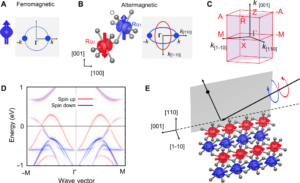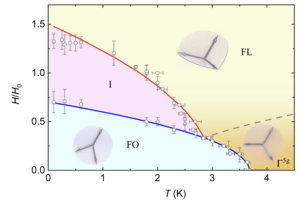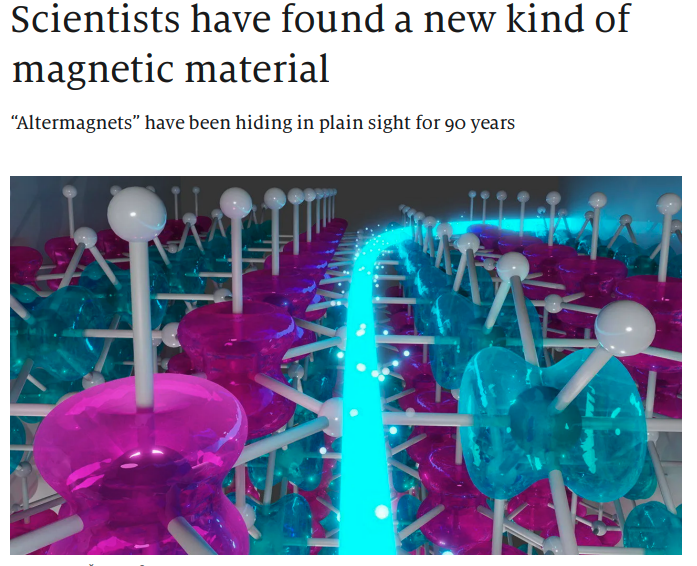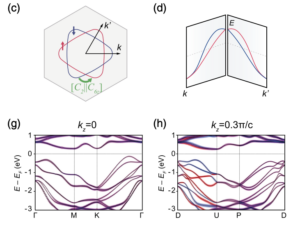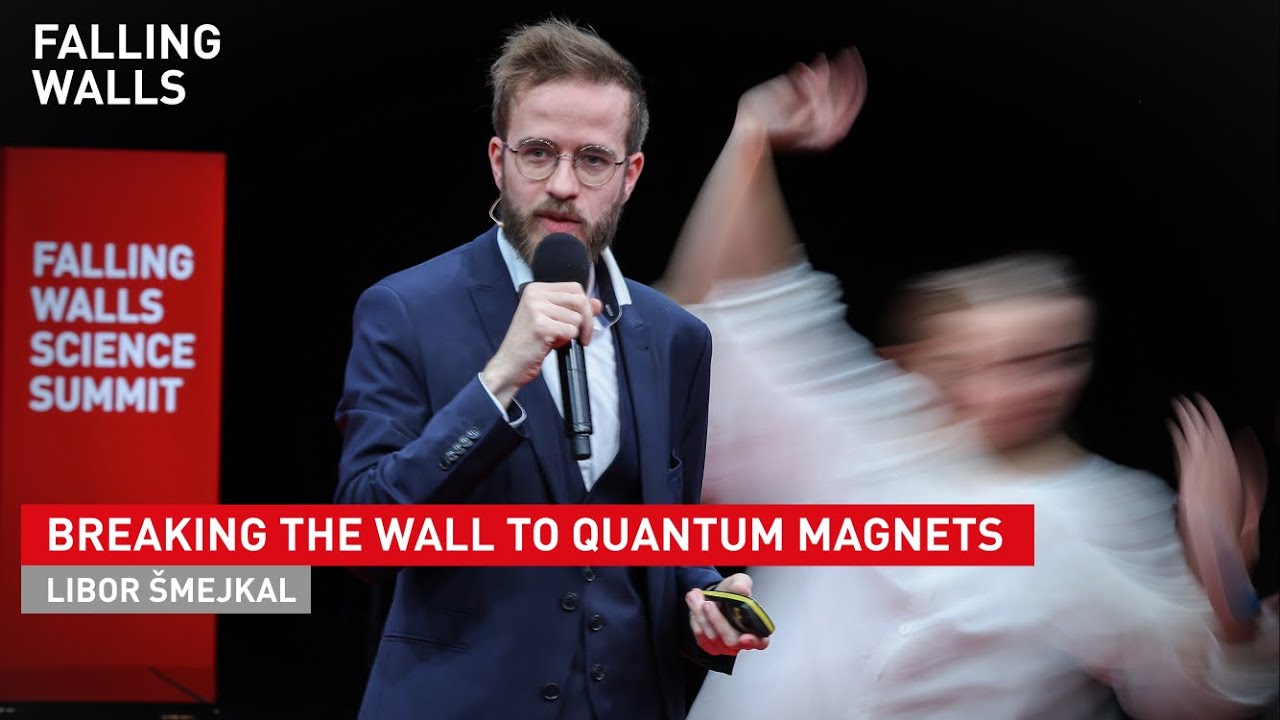A joint publication with Jairo Sinova and Libor Šmejkal about the crystal thermal transport in altermagnetic
RuO2 has been published in Physical Review Lettters.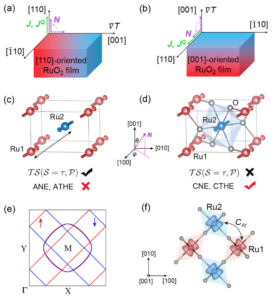
They demonstrate the emergence of a pronounced thermal transport in the recently discovered class of magnetic materials—altermagnets. From symmetry arguments and first-principles calculations performed for the showcase altermagnet, RuO2, they uncover that crystal Nernst and crystal thermal Hall effects in this material are very large and strongly anisotropic with respect to the Néel vector. They find the large crystal thermal transport to originate from three sources of Berry’s curvature in momentum space: the Weyl fermions due to crossings between well-separated bands, the strong spin-flip pseudonodal surfaces, and the weak spin-flip ladder transitions, defined by transitions among very weakly spin-split states of similar dispersion crossing the Fermi surface. Moreover, they reveal that the anomalous thermal and electrical transport coefficients in RuO2 are linked by an extended Wiedemann-Franz law in a temperature range much wider than expected for conventional magnets. Their results suggest that altermagnets may assume a leading role in realizing concepts in spin caloritronics not achievable with ferromagnets or antiferromagnets.
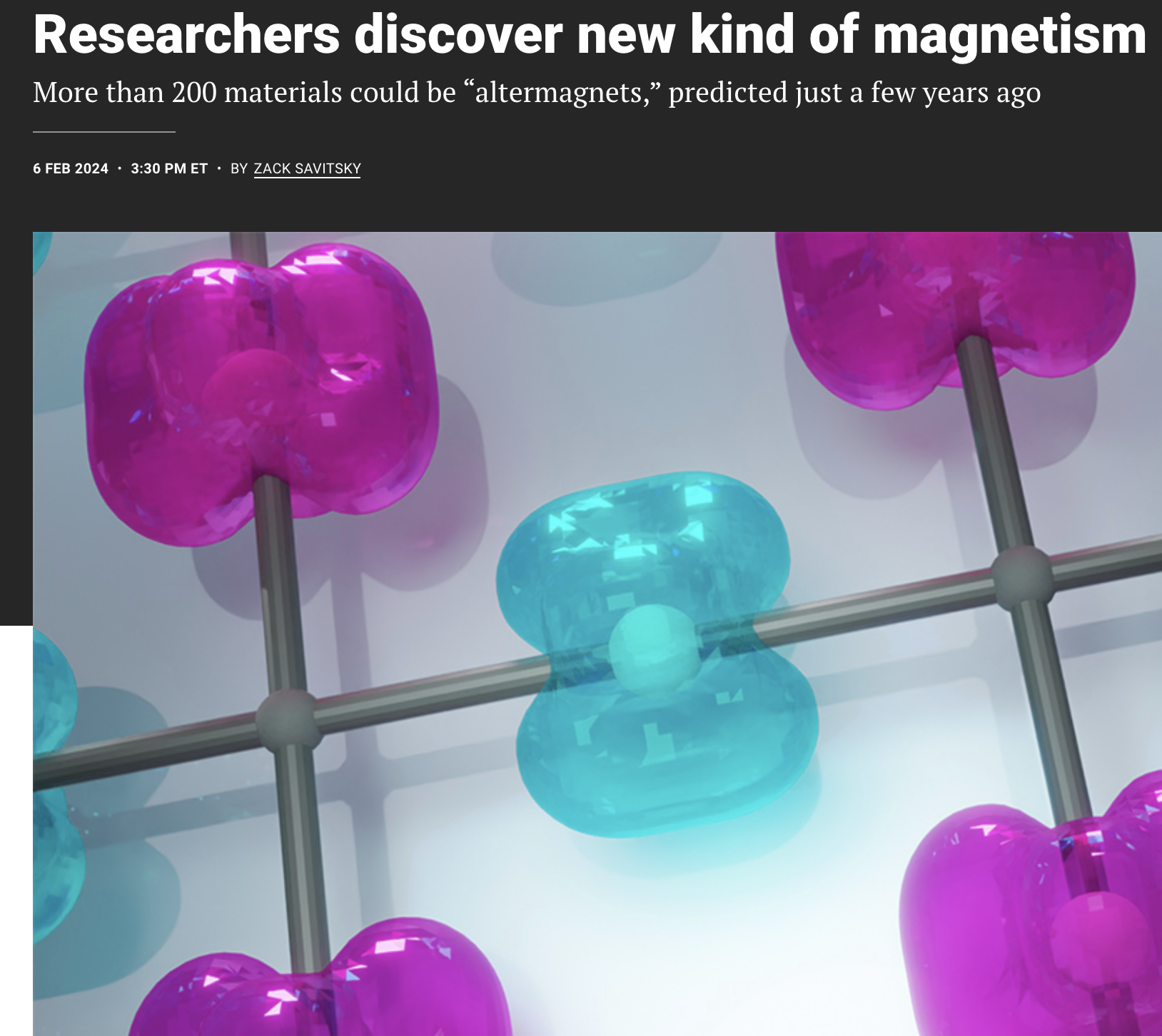 We are proud to announce that the remarkable discovery of altermagnetism of our group and especially Libor Šmejkal are presented in an article from Science. The presence of a new magnetic class which might lead to fast eco-friendly electronic devices is reaching further interest in general science. This underlines the impact of our current research and will bring even more interest into the research field.
We are proud to announce that the remarkable discovery of altermagnetism of our group and especially Libor Šmejkal are presented in an article from Science. The presence of a new magnetic class which might lead to fast eco-friendly electronic devices is reaching further interest in general science. This underlines the impact of our current research and will bring even more interest into the research field.
